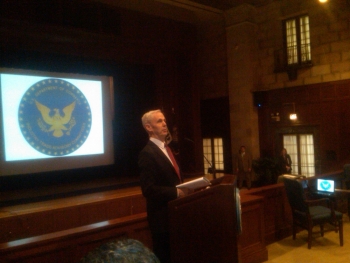New, Innovative, Online Tool to Help Weigh Benefits of Economic Development Projects Using the Triple Bottom Line Model
Guest blog post by Matt Erskine, Acting Assistant Secretary of Commerce for Economic Development
Traditionally, the effectiveness of an economic development investment has been measured primarily by the number of jobs created and dollars leveraged. While critically important, the U.S. Commerce Department’s Economic Development Administration (EDA) has partnered with Portland State University to create an innovative, web-based tool that takes into account a broader array of economic, environmental, and social impacts to more fully evaluate the potential impact of projects. This new Triple Bottom Line (TBL) Tool will help economic development practitioners, investors, and decision-makers assess, compare, and communicate the viability of potential investments.
While the TBL approach has been recognized as a valuable analytical tool among businesses—including major U.S. companies such as General Electric, Unilever, Proctor and Gamble, among many others—it has not been widely applied or considered within the public sector or by the economic development profession. The new TBL Tool developed through EDA’s investment represents a significant step forward for expanding the application of the concept by planners, nonprofits, community organizations, and governments to help support the assessment and decision making of critical development decisions.









